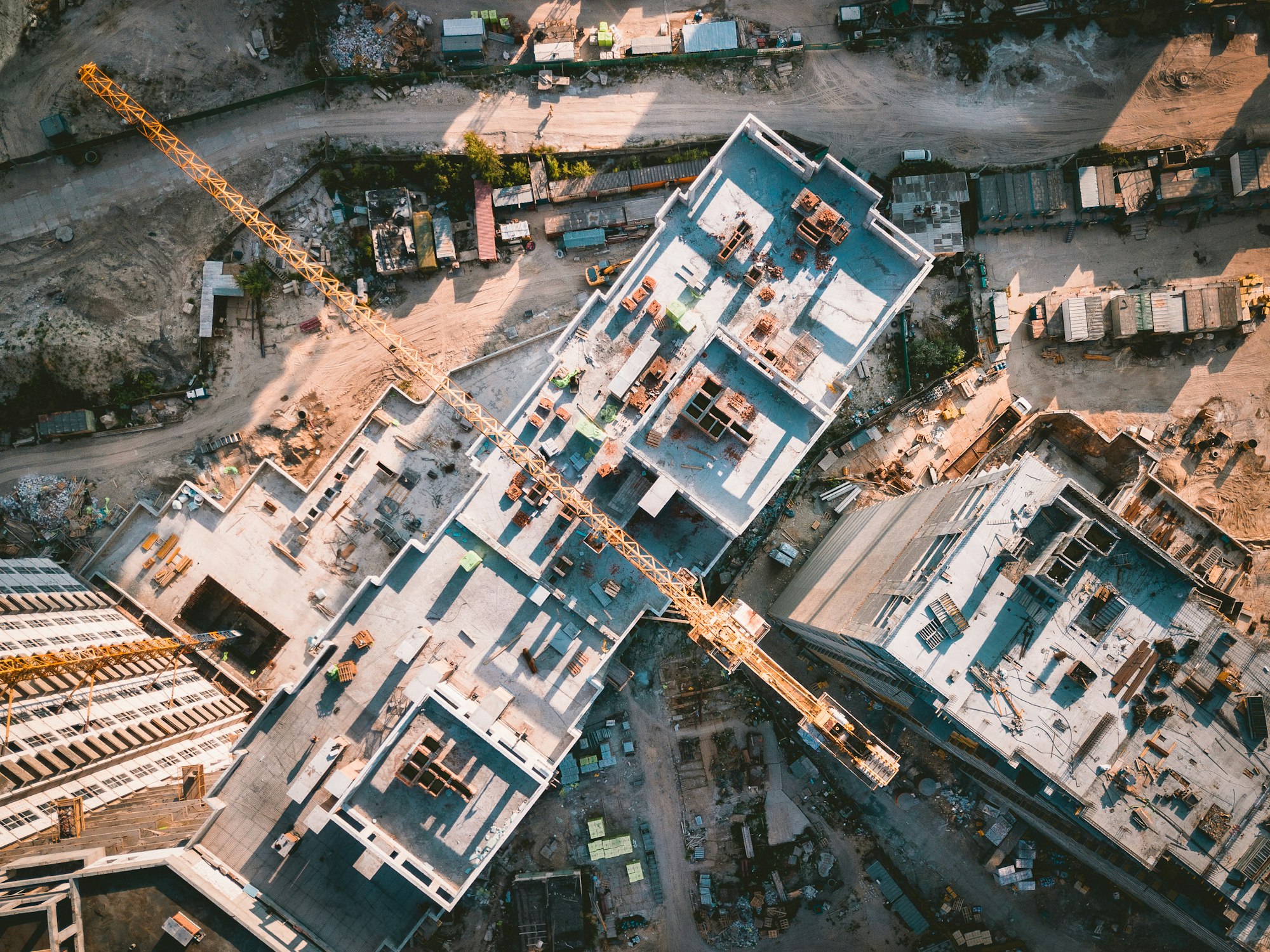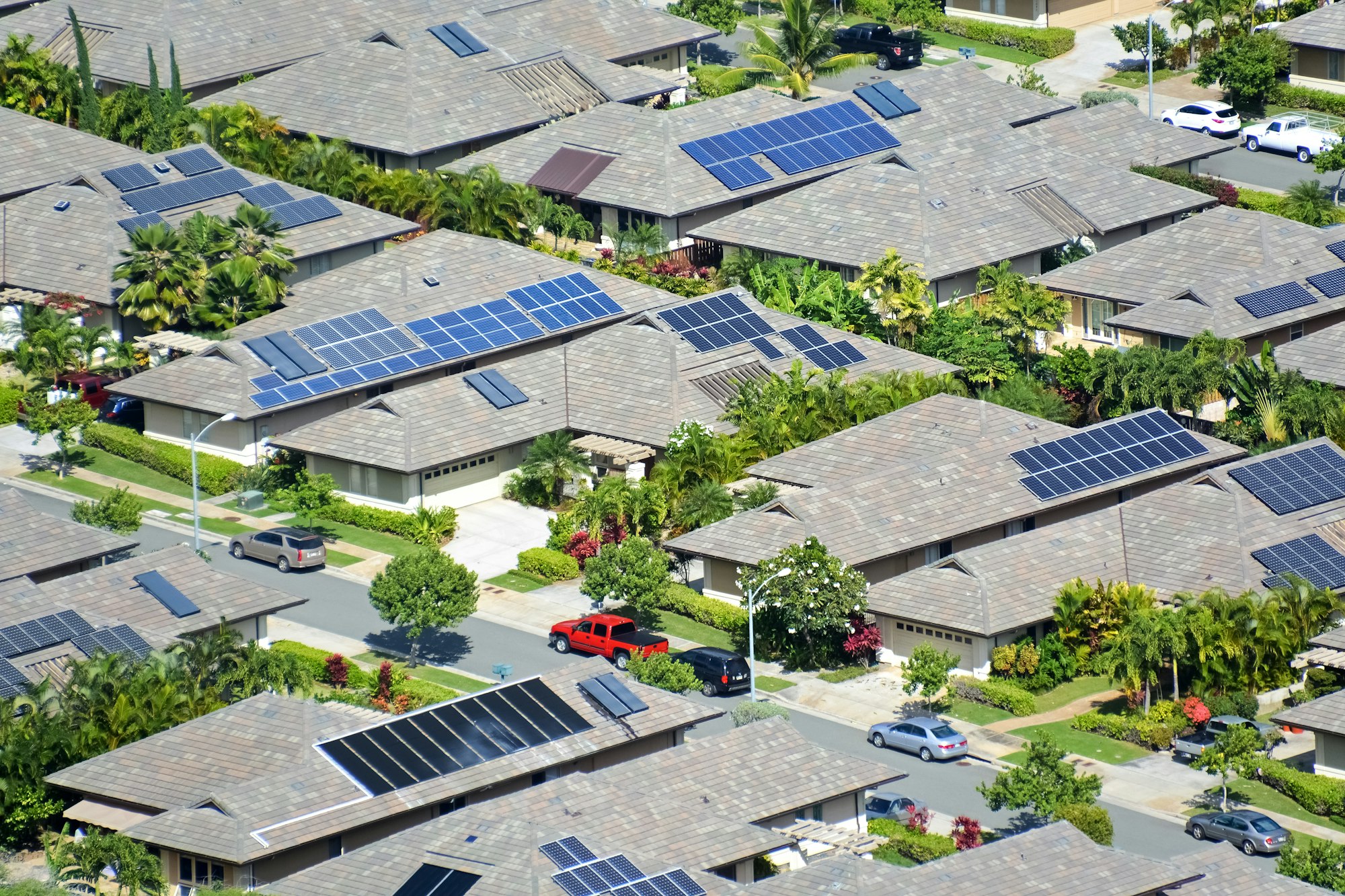One of the reasons why investors invest in real estate is the compounding effect of value appreciation. The moment you realize when and how to take advantage of it, you can be on your way to securing profits for your future. You don’t even have to do much, you just have to know the basics like which properties to invest in and what risks to look out for.
If you are planning to understand how value appreciation can serve you, then this article is for you!
Inflation and Demand
Property valuation naturally increases because of inflation. When the cost of goods in the market increase, everything else like services, salaries, and real estate follow. Inflation rates can also vary across local economies in the Philippines. For example, property prices in highly urbanized areas like Quezon City will still vary significantly from property prices in rural areas.

Location plays an essential role in determining the demand and valuation of a property. As more people settle in urban areas, more land gets occupied over time. Although progress can keep bringing more people into city centers, land area can’t magically expand. Thus, demand will increase and property prices will skyrocket.
Future Development
Investors are keen to buy properties at low prices. This means that they are on the lookout for locations that are poised for future growth and development. Over time, when the supply of land area decreases, investors can then meet the high demand with a high selling price.

Consider employment and population growth. When a location has a good economic outlook, employment rates increase. Working individuals will likely settle and build a family near their workplace. A stable source of income consequently increases the spending power of people to afford houses and properties. This is where real estate investors come in to meet their needs.
Market Drivers for Properties
The rise of many important establishments like hospitals, schools, and malls also attracts investors to acquire properties they can sell at a later time. Residential life in a specific location becomes more attractive to property buyers when these amenities are present.

In addition, a property’s proximity to transportation stations like subways and terminals will make it easier to sell at a higher price. This is especially true in the Philippines where many people rely on public transportation.
Upgrades and Smart Infrastructure
Owners who wish to sell their properties in the future often invest in upgrades and smart infrastructure to enhance the desirability of their properties. For example, adding more bathrooms or bedrooms can drive a higher selling price for a house. Amenities such as pools and well-maintained gardens also attract buyers who are willing to pay more for leisure and relaxation.

Setting up smart security systems and energy-efficient homes can also make a property more appealing. Whether in a house or a condo, many people are willing to pay extra for good security systems like smart locks and wide CCTV coverage. Presently, there is also a rising trend in having eco-conscious homes with efficient energy systems.
Developer’s Reputation and Track Record
Famous developers in the Philippines are well-acclaimed because of the quality of their work. Many buyers consider availing their properties because of world-class architecture, aesthetic landscapes, and generous amenities. It is likely that you will end up in a premiere neighborhood should you decide to avail yourself of properties from high-end developers. In this way, neighborhood quality and class can affect the value appreciation of your desired property.

Cost of Borrowing
The cost of borrowing pertains to the percentage of the principal amount borrowed that must be paid to the lender at a given time. This is often described as interest rates. When interest rates are high, the cost of borrowing is expensive and people tend to refrain from making big purchases. Conversely, when interest rates are low and the cost of borrowing is inexpensive, people tend to have more flexibility in making big purchases.

Investors take advantage of the economic events that influence interest rates in the market. When buyers can afford cheaper loans for houses, property owners decide to sell.
Bonus: Appraising Real Estate Properties
Investors typically use three methods to determine the value of a real estate property: (1) cost approach, (2) sales comparison approach, and (3) income approach.
The cost approach to value determines property value by adding the cost of acquisition to the cost of necessary improvements and then deducting any accrued depreciation. The main premise of this approach indicates that end-users of a real estate property will not or must not pay more than the amount needed to build an equivalent property.

The sales comparison approach to value determines property value by benchmarking the selling price against the prices of other comparable properties being sold in the market. This approach also accounts for the individual costs of each feature that a property has and then it sums up the grand total as the selling price.
To get a grasp on the current costs of properties, check out our listings.

The income approach to value determines property value by calculating the present worth of any future gain of an income-generating property. For example, an investor may determine the value of a rental property by calculating how much income it can generate. Investors must also look into the condition of the property and see if potential repairs must be made as this will reduce future profits.

Keep in Mind
The factors that affect value appreciation of properties must be carefully evaluated especially on how they interconnect with each other. One factor should not be taken out on its own. Inflation, demand, supply, location, progress, economic conditions, and interest rates. They all affect property valuation in both specific and collective ways.
More importantly, an investor must also examine the risks and not just the benefits that a factor presents. Investing in real estate will only remain profitable if the investor knows when to buy, when to sell, and when to do nothing but wait.
Sources:
Corporate Finance Institute. (2019, November 18). Price Appreciation. Corporate Finance Institute; Corporate Finance Institute. https://corporatefinanceinstitute.com/resources/knowledge/valuation/price-appreciation/
Three Approaches to Value | Arkansas Assessment Coordination Division. (2022). Arkansas Assessment Coordination Division. https://www.arkansasassessment.com/real-property/three-approaches-to-value/
